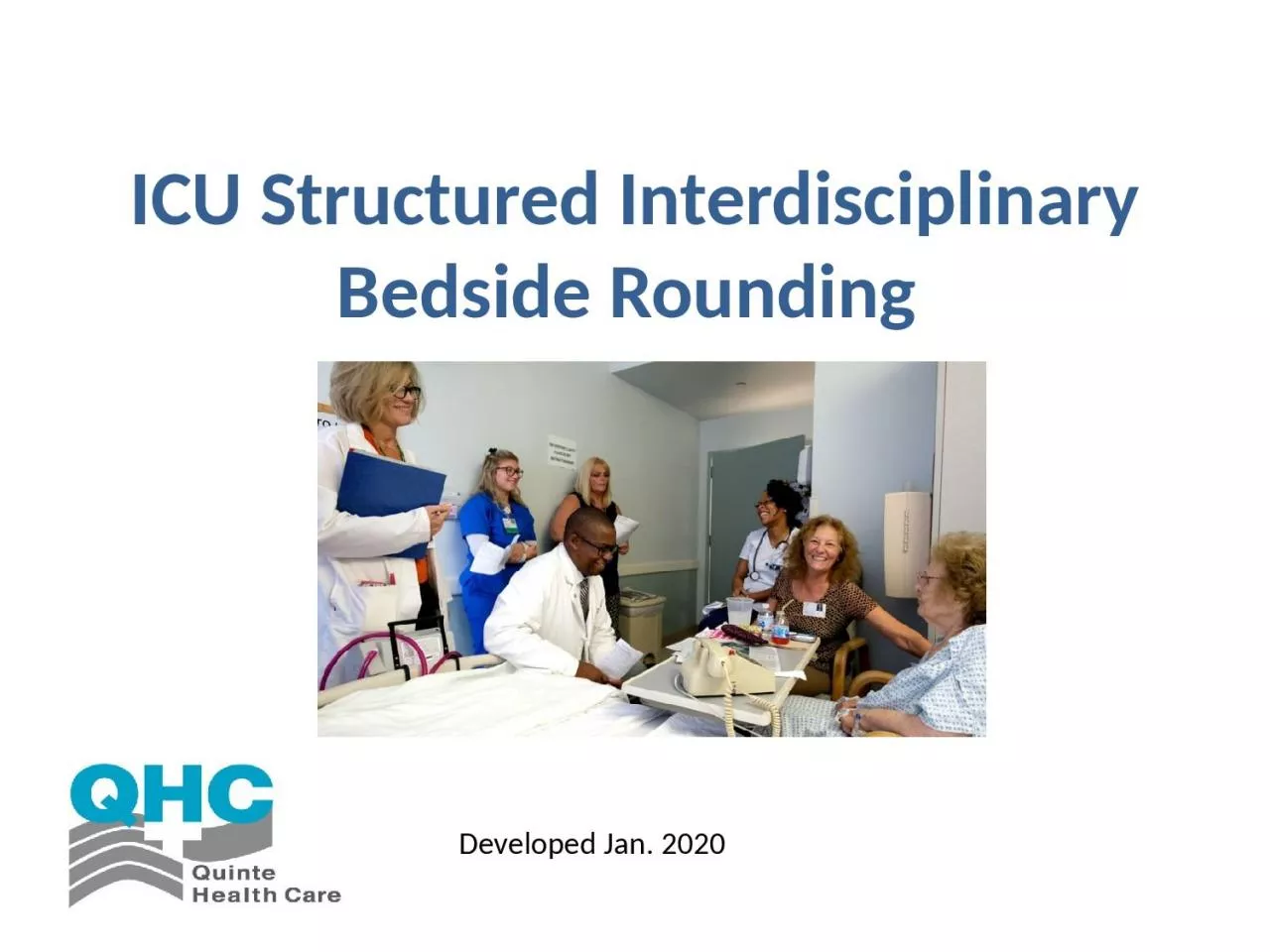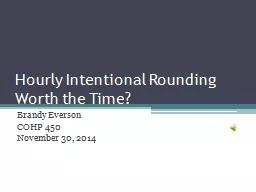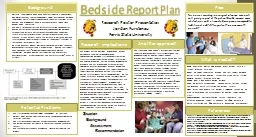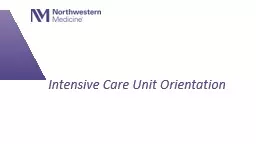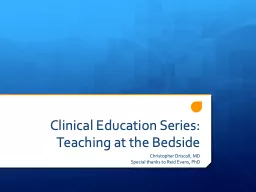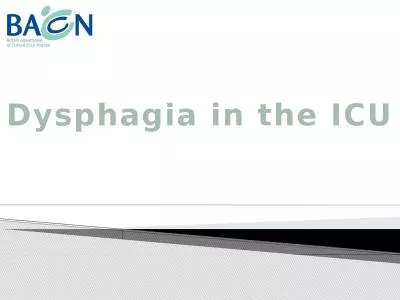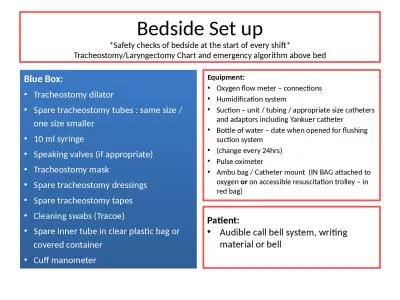PPT-ICU Structured Interdisciplinary Bedside Rounding
Author : PeacefulPlace | Published Date : 2022-08-03
Developed Jan 2020 Outline What is Structured Interdisciplinary Bedside Rounding SIBR Why do we do it Structure of our team Our process and tools What is Structured
Presentation Embed Code
Download Presentation
Download Presentation The PPT/PDF document "ICU Structured Interdisciplinary Bedsid..." is the property of its rightful owner. Permission is granted to download and print the materials on this website for personal, non-commercial use only, and to display it on your personal computer provided you do not modify the materials and that you retain all copyright notices contained in the materials. By downloading content from our website, you accept the terms of this agreement.
ICU Structured Interdisciplinary Bedside Rounding: Transcript
Download Rules Of Document
"ICU Structured Interdisciplinary Bedside Rounding"The content belongs to its owner. You may download and print it for personal use, without modification, and keep all copyright notices. By downloading, you agree to these terms.
Related Documents

